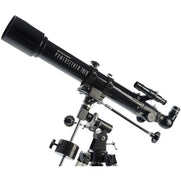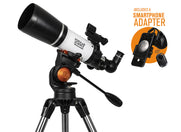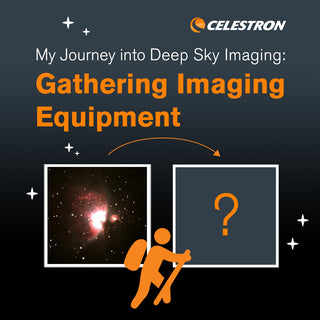Mars, the Moon, and the Pleiades Conjunction
August 4, 2022
In the early morning hours of August 19, three of the most beautiful celestial objects will come together for a picturesque morning show. At 12:21 AM PDT, Mars, the Pleiades, and the Moon will be in conjunction. This event will be striking to capture as all three objects are bright enough to see with the naked eye: Mars at magnitude -0.4, the Pleiades at 1.6, and the waning gibbous Moon at 57% illumination.
 Image created with Celestron SkyPortal
Image created with Celestron SkyPortal
With sunrise at 06:18 PDT, West Coast observers will have about 6 hours to observe and photograph this conjunction. Once the Sun comes up, it will wash out both Mars and the Pleiades. The next time these three objects come together isn’t until 2058—so stay out all night (if you can) and take it in! If you’re located in a different time zone, such as along the Prime Meridian, the conjunction will start in the daylight hours, so you’ll need to wait until dusk to see the show. Check the table below for information on your time zone.
The three objects will be too far from one another to fit within the field of view of a telescope, but this conjunction will be perfect for observing with naked eye and or binoculars. But that doesn’t mean you should leave your telescope at home. This will be a perfect opportunity to observe each object individually through your telescope. Our observing guides can help.
 |
 |
Product Recommendations
The Moon, Mars, and Pleiades will be closest on August 19 at 07:21 UTC. But what about in your time zone?
|
Events |
UTC |
HST (Hawaii |
PDT (Pacific |
MDT (Mountain |
CDT (Central |
EDT (Eastern |
|
Standard Time) |
Daylight Time) |
Daylight Time) |
Daylight Time) |
Daylight Time) |
||
|
|
|
|
|
|
|
|
Refence our UTC guide to learn more about time zones. Click here



































